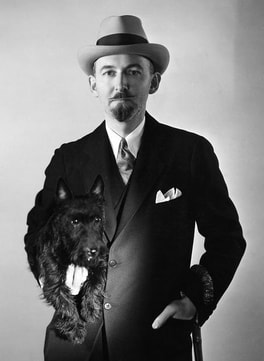S.S. Van Dine's Twenty Rules for Writing Detective Stories
|
By S.S. Van Dine
September 1928 edition of The American Magazine The detective story is a game. It is more--it is a sporting event. And the author must play fair with the reader. He can no more resort to trickeries and deceptions and still retain his honesty than if he cheated in a bridge game. He must outwit the reader, and hold the reader's interest, through sheer ingenuity. For the writing of detective stories there are very definite laws--unwritten, perhaps, but none the less binding: and every respectable and self-respecting concocter of literary mysteries lives up to them. Herewith, then, is a sort of Credo, based partly on the practice of all the great writers of stories, and partly on the promptings of the honest author's inner conscience. To wit:
|
From wikipedia:
S. S. Van Dine (also styled S.S. Van Dine) is the pseudonym used by American art critic Willard Huntington Wright (October 15, 1888 – April 11, 1939) when he wrote detective novels. Wright was an important figure in avant-garde cultural circles in pre-World War I New York, and under the pseudonym (which he originally used to conceal his identity) he created the immensely popular fictional detective Philo Vance, a sleuth and aesthete who first appeared in books in the 1920s, then in movies and on the radio. |

